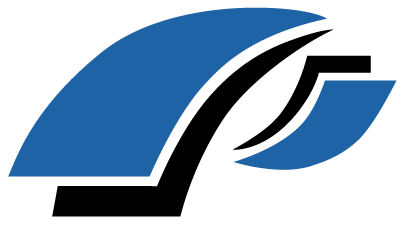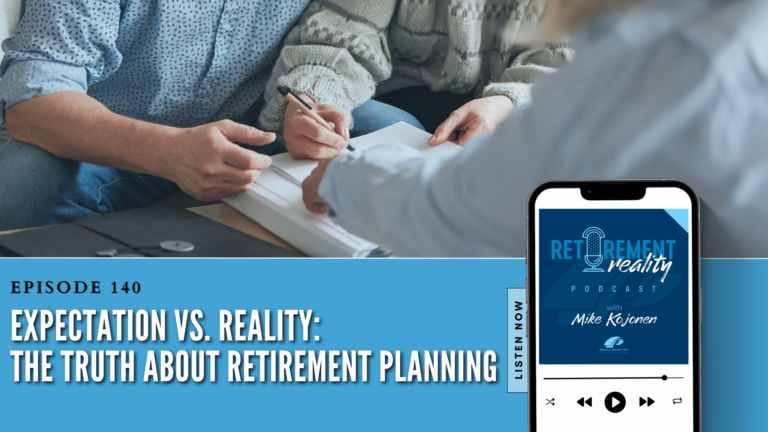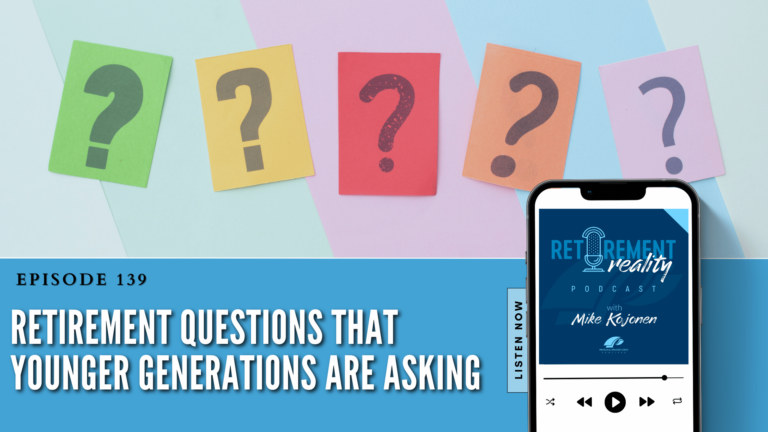For anyone searching for the best plan for retirement, the key is to start with understanding the different types of retirement plans available and how they align with your personal financial situation and retirement goals. Briefly, here are some top picks:
- 401(k) Plans: Offered by many employers, allowing pre-tax contributions and often matching portions of your contributions.
- IRAs (Traditional and Roth): Flexible options for individuals with varying tax considerations, with Roth IRAs allowing tax-free withdrawals in retirement.
- Health Savings Accounts (HSAs): Not strictly a retirement plan, but offers tax-free growth and withdrawals for medical expenses, and can be used for retirement savings after age 65.
- Pensions: Less common but provide a guaranteed income in retirement.
Choosing the right retirement plan involves assessing your current financial situation, understanding the tax implications of each option, and considering factors like employer match contributions and potential penalties for early withdrawal.
A comprehensive guide to retirement planning must, therefore, start by laying a foundation of understanding these plans in detail, evaluating your personal retirement needs, and then navigating through the multitude of options to tailor a plan best suited to your financial circumstances and retirement aspirations.

Understanding Retirement Plans
Navigating retirement planning can feel like learning a new language. But, understanding the basics of various retirement plans is a crucial step in crafting the best plan for retirement. Let’s break down the main types of retirement plans: 401(k), IRA, Roth IRA, Pension, SEP IRA, SIMPLE IRA, Solo 401(k), and Health Savings Accounts (HSAs).
401(k) Plans
A 401(k) plan is a popular choice for many employees because it allows you to save a portion of your salary before taxes are taken out. Employers often match a percentage of your contributions, effectively giving you “free money.”
Individual Retirement Accounts (IRAs)
IRAs come in two main flavors: Traditional and Roth. With a Traditional IRA, your contributions may be tax-deductible, but you’ll pay taxes when you withdraw in retirement. With a Roth IRA, you contribute after-tax dollars, but withdrawals in retirement are tax-free. This choice hinges on whether you expect your tax rate to be higher now or in retirement.
Pension Plans
Pension plans are less common these days but offer a guaranteed income in retirement. Funded entirely by employers, they pay out a fixed amount based on your salary and years of service.
SEP and SIMPLE IRAs for Self-Employed
For the self-employed or small business owners, SEP IRAs and SIMPLE IRAs offer higher contribution limits and easier setup than traditional retirement plans. SEP IRAs allow for a contribution of up to 25% of your income, while SIMPLE IRAs offer a simpler, albeit with lower contribution limits, option.
Solo 401(k) for Entrepreneurs
The Solo 401(k) is tailored for sole proprietors with no employees other than a spouse. It allows for high contribution limits and tax-deferred growth, making it an excellent choice for entrepreneurs looking to maximize their retirement savings.
Health Savings Accounts (HSAs)
Though not exclusively a retirement plan, HSAs offer a triple tax advantage for healthcare expenses. Contributions are tax-deductible, the account grows tax-free, and withdrawals for qualified medical expenses are also tax-free. After age 65, funds can be used for any purpose, taxed as income if not used for medical expenses.
Each of these plans has its unique features, benefits, and limitations. Your choice will depend on factors like your employment status, income level, tax situation, and whether you have access to an employer-sponsored plan.
For instance, the growth in self-employment highlights the importance of SEP IRAs and Solo 401(k) plans as vital tools for retirement planning among freelancers and entrepreneurs. According to Upwork’s 2022 Freelance Forward survey, with a significant portion of the U.S. workforce freelancing, understanding these plans is more critical than ever.
Moreover, a discussion on Reddit emphasizes the decision-making process individuals go through when choosing between Roth IRAs, 401(k)s outside of work, and other savings options. Real-life considerations and personal financial goals play a significant role in this decision.
By understanding the basics of each retirement plan, you can make an informed decision that aligns with your financial goals and maximizes your retirement savings. The best plan for retirement is one that considers your unique financial situation, goals, and preferences.
Continuing on, let’s explore how to evaluate your retirement needs to further tailor your retirement planning strategy.
Evaluating Your Retirement Needs
When planning for retirement, understanding your needs is crucial. This involves considering your potential income sources, the tax implications of your savings, possible employer contributions, the limits on your contributions, and any penalties you might face upon withdrawal.
Income Sources
Your retirement income can come from various sources, including Social Security, pensions, retirement accounts like 401(k)s and IRAs, investments, and part-time work. It’s essential to estimate the income you’ll receive from these sources to ensure it aligns with your retirement lifestyle goals.
Tax Implications
Different retirement accounts have various tax implications. For instance, contributions to a traditional IRA are tax-deductible, but you’ll pay taxes when you withdraw the funds. Conversely, Roth IRAs require you to pay taxes upfront, but withdrawals are tax-free in retirement. Understanding these differences is crucial for tax-efficient retirement planning.
Employer Match
Many employers offer a match on 401(k) contributions, which is essentially free money. Not taking full advantage of this can significantly impact your retirement savings. For example, if your employer matches up to 5% of your salary, ensure you contribute at least that amount to maximize this benefit.
Contribution Limits
Retirement accounts have annual contribution limits. In 2024, the limit for IRAs is $7,000 for most people, with a catch-up contribution of $1,000 for those 50 and older. Knowing these limits can help you plan your savings strategy and ensure you’re saving enough each year.
Withdrawal Penalties
Withdrawing funds from your retirement accounts before age 59½ typically results in a 10% penalty. There are exceptions, but it’s generally best to avoid early withdrawals to preserve your savings and avoid penalties.
When evaluating your retirement needs, consider these factors meticulously to create a robust plan. The best plan for retirement is not only about saving but also about strategic planning to ensure your savings work best for you, considering your personal circumstances and financial goals.
Feel free to explore more about tax implications and contribution limits through these insightful resources: the U.S. Department of Labor’s guidance on retirement planning on X and detailed analysis of various retirement accounts on Wikipedia. These sources provide a wealth of information to help you navigate the complexities of retirement planning.
Continuing on, let’s delve into the popular retirement plans and their benefits to further enhance your understanding and help you make informed decisions about your retirement planning strategy.
Popular Retirement Plans and Their Benefits
Navigating retirement plans can feel like a maze. But understanding the key features of each plan will help you find the best plan for retirement that suits your needs. Let’s break it down.
401(k) Plans
Employer Match: Many employers will match a portion of your contributions, effectively doubling your investment up to a certain percent of your salary. This is often described as “free money” and is a significant benefit of the 401(k) plan.
Tax Deferral: Contributions are made pre-tax. This means the money you put into a 401(k) reduces your taxable income now, and you only pay taxes when you withdraw funds in retirement.
IRAs (Traditional and Roth)
Tax Advantages: Traditional IRAs allow for tax-deductible contributions, meaning you can deduct the amount you contribute from your taxable income. Roth IRAs, conversely, are funded with after-tax dollars, but withdrawals in retirement are tax-free.
Withdrawal Rules: Traditional IRAs require you to start taking distributions at age 72, whereas Roth IRAs do not have required minimum distributions (RMDs) during the owner’s lifetime, offering more flexibility in retirement planning.
Pensions
Guaranteed Income: Pensions provide a fixed monthly income in retirement, based on your earnings and years of service. This can offer peace of mind and financial stability in retirement.
Employer-Funded: The employer fully funds your pension without requiring contributions from you, making it a hassle-free way to save for retirement.
SEP and SIMPLE IRAs for Self-Employed
Higher Contribution Limits: Both SEP and SIMPLE IRAs offer higher contribution limits compared to traditional IRAs, making them an attractive option for self-employed individuals and small business owners seeking to maximize their retirement savings.
Tax Deductions: Contributions to SEP and SIMPLE IRAs are tax-deductible, reducing your taxable income and offering significant tax advantages.
Solo 401(k) for Entrepreneurs
Flexible Contributions: A Solo 401(k) allows for flexible contributions as both employer and employee, maximizing your retirement savings potential.
Employer and Employee Contributions: You can contribute to a Solo 401(k) in both capacities, significantly increasing the total contribution limit and offering a dual tax advantage.
Health Savings Accounts (HSAs)
Tax-Free Medical Expense Withdrawals: HSAs allow you to withdraw funds tax-free when used for qualified medical expenses, making them a valuable tool for managing healthcare costs in retirement.
Retirement Savings Option: After age 65, you can withdraw HSA funds for any purpose without penalty, though non-medical withdrawals are subject to income tax. This flexibility makes HSAs a dual-purpose tool for healthcare and retirement savings.
As we continue to explore the landscape of retirement planning, the early bird gets the worm. Starting your retirement savings early and understanding the benefits of each plan can significantly impact your quality of life in retirement. Next, we’ll dive into strategies for maximizing your retirement savings, ensuring you’re well-equipped to make your golden years truly golden.
Strategies for Maximizing Retirement Savings
Maximizing your retirement savings is about more than just putting money aside. It involves strategic planning and understanding how your savings can grow over time. Here are key strategies to consider:
Leverage Compound Interest
The power of compound interest cannot be overstated. It’s the process where the interest on your savings earns interest, leading to exponentially growing savings over time. The earlier you start saving, the more you benefit from compound interest. This is because your savings have more time to grow. Think of it as a snowball effect—the longer it rolls, the bigger it gets.
Set Up Automatic Deductions
Automatic deductions are a hassle-free way to ensure you’re consistently contributing to your retirement savings. By setting up auto-transfers from your checking account to your retirement accounts, you’re paying yourself first. This method also helps in building a discipline of saving without the temptation to spend.
Make the Most of Catch-Up Contributions
If you’re 50 or older, the IRS allows you to make extra contributions to your 401(k) and IRA accounts. These catch-up contributions can significantly boost your retirement savings. For example, in 2024, you can contribute an additional $6,500 to your 401(k) on top of the standard limit. This is a golden opportunity to maximize your savings if you got a late start.
Diversify Your Investments
Putting all your eggs in one basket is risky, especially when it comes to retirement savings. Diversification is key to managing risk and achieving a more stable return over the long term. Investing in a mix of stocks, bonds, mutual funds, and other assets can help protect your savings from market volatility.
A diversified portfolio leverages different market sectors and asset classes, which often move in opposite directions. This means if one part of your portfolio is underperforming, the other parts can help balance it out. Consider speaking with a financial advisor to tailor a diversified investment strategy that matches your risk tolerance and retirement goals.
Stay Informed and Adjust as Needed
Your retirement savings strategy isn’t something you can set and forget. It’s important to review your investments regularly and make adjustments as needed. Life changes, such as a new job, marriage, or the birth of a child, can impact your retirement planning. Additionally, as you get closer to retirement, you may want to shift toward more conservative investments to protect your savings.
Regular reviews of your strategy can ensure you’re on track to meet your retirement goals. Tools and calculators available online can help project your retirement savings growth and identify if adjustments are needed.
By implementing these strategies, you can maximize your retirement savings and work towards a more secure financial future. The best plan for retirement is one that is actively managed and adjusted to reflect your changing needs and goals.
For more insights on retirement planning, explore the discussion on Reddit about the best retirement plan strategies and visit Principal Preservation Services for tips on avoiding common money mistakes. These resources can provide valuable guidance as you navigate the complexities of planning for retirement.
Navigating Retirement Planning Challenges
Navigating the retirement planning landscape can feel like trying to find your way through a dense fog. The challenges are many: from ensuring a steady income and covering healthcare expenses to managing debt and saving consistently. Let’s simplify this journey with clear steps and reliable strategies.
Lack of Steady Income
For many, the transition from receiving a regular paycheck to relying on retirement savings, Social Security, and other income sources can be daunting.
Strategy: Diversify your income streams. Consider a mix of retirement accounts like 401(k)s and IRAs, part-time work, and if possible, rental income. This approach can provide a more stable and predictable income throughout retirement.
Healthcare Expenses
As we age, healthcare becomes a more significant concern and expense. According to a report by Fidelity, a couple retiring in 2021 may need an estimated $300,000 to cover healthcare expenses in retirement.
Strategy: A Health Savings Account (HSA) is a powerful tool to combat healthcare costs. Contributions are tax-deductible, growth is tax-free, and withdrawals for qualified medical expenses are also tax-free. After age 65, you can withdraw funds for any purpose, paying only income tax on withdrawals not used for medical expenses. Learn more about how an HSA can serve as a retirement account.
Debt Management
Entering retirement with debt can significantly strain your finances. High-interest debt, like credit card debt, can be particularly burdensome.
Strategy: Prioritize paying off high-interest debts before retirement. Consider consulting a financial advisor to create a plan that balances debt repayment with saving for retirement.
Saving Consistently
Consistently saving for retirement can be challenging, especially when life’s unexpected expenses arise.
Strategy: Automate your savings. By automatically transferring a portion of your paycheck into a retirement account, you’re using the “out of sight, out of mind” principle to your advantage. Also, take advantage of catch-up contributions if you’re age 50 or older, allowing you to save more in your 401(k) and IRA.
Remember, retirement planning is not a set-it-and-forget-it action. It requires regular reviews and adjustments to ensure it remains aligned with your goals and the ever-changing economic landscape. The U.S. Department of Labor highlights that retirement planning has evolved, and being proactive in your approach can make a significant difference in your retirement readiness.
In conclusion, while navigating retirement planning challenges may seem overwhelming, breaking down the process into manageable steps can make it more approachable. By addressing each challenge with a clear strategy, you can work towards a secure and fulfilling retirement.
Now, let’s move on to some of the most frequently asked questions about retirement planning to further demystify the process.
Frequently Asked Questions about Retirement Planning
What is the $1000 a month rule for retirement?
The $1000 a month rule for retirement is a guideline suggesting that for every $1000 of monthly income you want in retirement, you need to have saved approximately $240,000. This rule is based on the 4% withdrawal rate, which is considered a safe rate to withdraw from your retirement savings each year without running out of money. It’s a simple way to estimate how much you need to save to achieve your desired retirement income. However, individual needs and circumstances can vary, so it’s important to tailor your retirement plan to your specific situation.
How can I plan for retirement if I’m self-employed?
For self-employed individuals, planning for retirement requires a proactive approach. You don’t have an employer to guide you or contribute to your retirement savings, so it’s entirely up to you to save for your future. Fortunately, there are several retirement plan options tailored for self-employed individuals, such as the SEP IRA, SIMPLE IRA, and Solo 401(k). These plans offer higher contribution limits compared to traditional IRAs and often provide tax advantages. It’s crucial to start early, save consistently, and consider seeking advice from a financial planner to choose the best plan for your retirement. For more insights on self-employment retirement planning, explore options like the SEP IRA and SIMPLE IRA.
Can I contribute to a 401(k) and an IRA?
Yes, you can contribute to both a 401(k) and an IRA, including both traditional and Roth IRAs. This strategy can offer you the benefits of both plans: the higher contribution limits of 401(k)s and the potential tax-free withdrawals of Roth IRAs. However, there are income limits that may affect your ability to deduct your IRA contributions on your taxes if you or your spouse have access to a workplace retirement plan like a 401(k). It’s an effective way to maximize your retirement savings and take advantage of the unique benefits each account offers. Diversifying your retirement savings can provide additional security and flexibility in how you manage and access your funds in retirement.
By understanding and addressing these frequently asked questions, you’re taking an important step towards securing your financial future. The best plan for retirement is one that is carefully tailored to your personal financial situation, goals, and needs. Whether you’re employed, self-employed, or a combination of both, there are strategies and plans available to help you build a comfortable retirement.
Conclusion
As we’ve journeyed together through the landscape of retirement planning, we’ve uncovered the myriad options available to pave the way for a secure and fulfilling retirement. From 401(k) plans with their employer match benefits to IRAs that offer tax advantages, and from pensions providing guaranteed income to HSAs doubling as a retirement savings vehicle, the choices are plentiful. Each plan comes with its unique set of benefits tailored to different employment situations, income levels, and future aspirations.
Choosing the best plan for retirement doesn’t come with a one-size-fits-all answer. It’s about understanding your current financial situation, your future income needs, and the lifestyle you envision for your retirement years. It’s also about starting early, leveraging the power of compound interest, and making informed decisions that align with your long-term goals.
For entrepreneurs, SEP and SIMPLE IRAs, as well as Solo 401(k)s, offer flexibility and higher contribution limits, enabling you to accelerate your savings as your business grows. For those employed in traditional roles, taking full advantage of employer matches in 401(k) plans and exploring the benefits of traditional and Roth IRAs can provide a solid foundation for retirement savings.
Planning for retirement is not just about stashing away money. It’s about creating a future that is financially secure and rich in possibilities. It’s about being able to enjoy your retirement years without financial worry, whether that means traveling the world, indulging in hobbies, or spending precious time with loved ones.
If you’re feeling overwhelmed by the options or unsure about the best path forward, we’re here to help. At Principal Preservation Services, we specialize in crafting personalized retirement plans that align with your unique financial situation and retirement goals.
Discover how we can help you build a retirement plan that works for you.
In conclusion, the journey to a comfortable retirement is a marathon, not a sprint. By making informed decisions, saving consistently, and planning ahead, you can navigate the path to retirement with confidence. It’s never too early or too late to start planning for your golden years.
